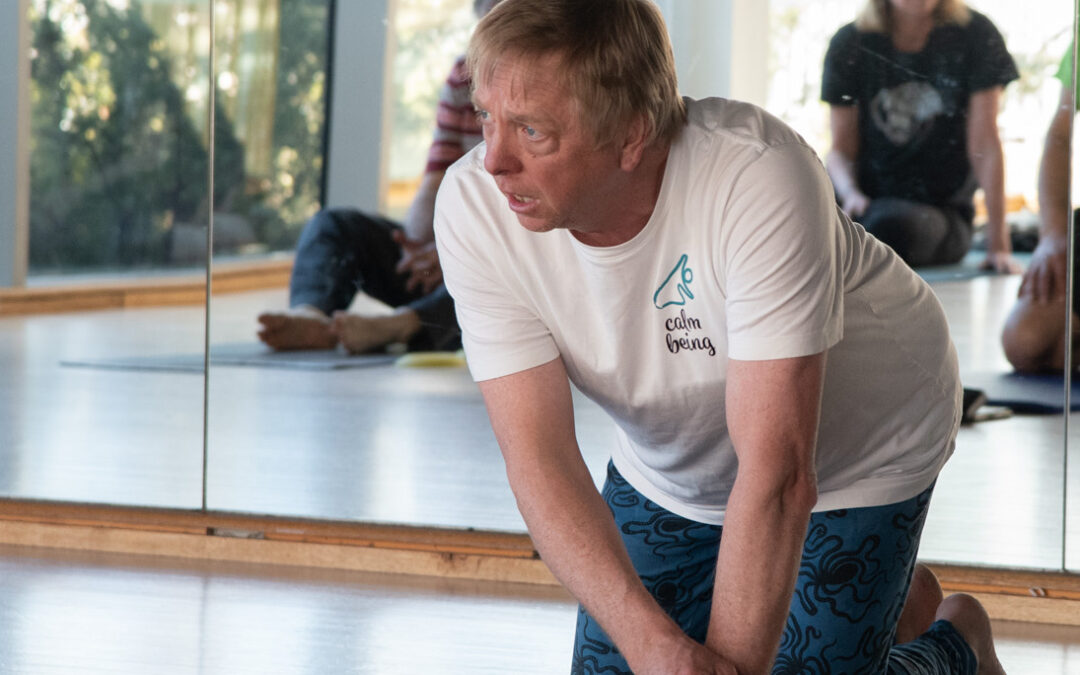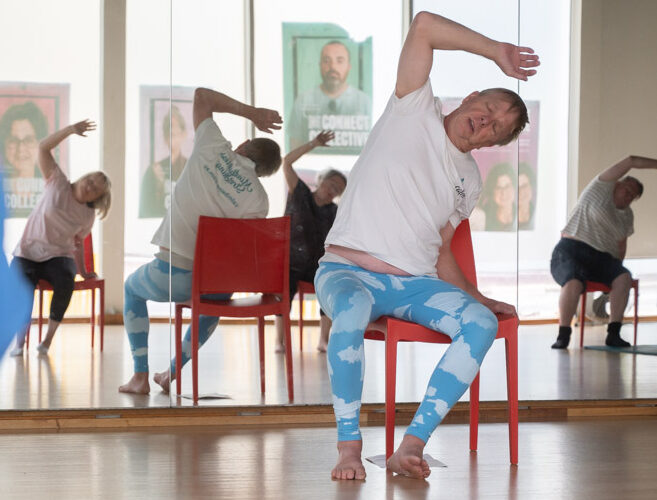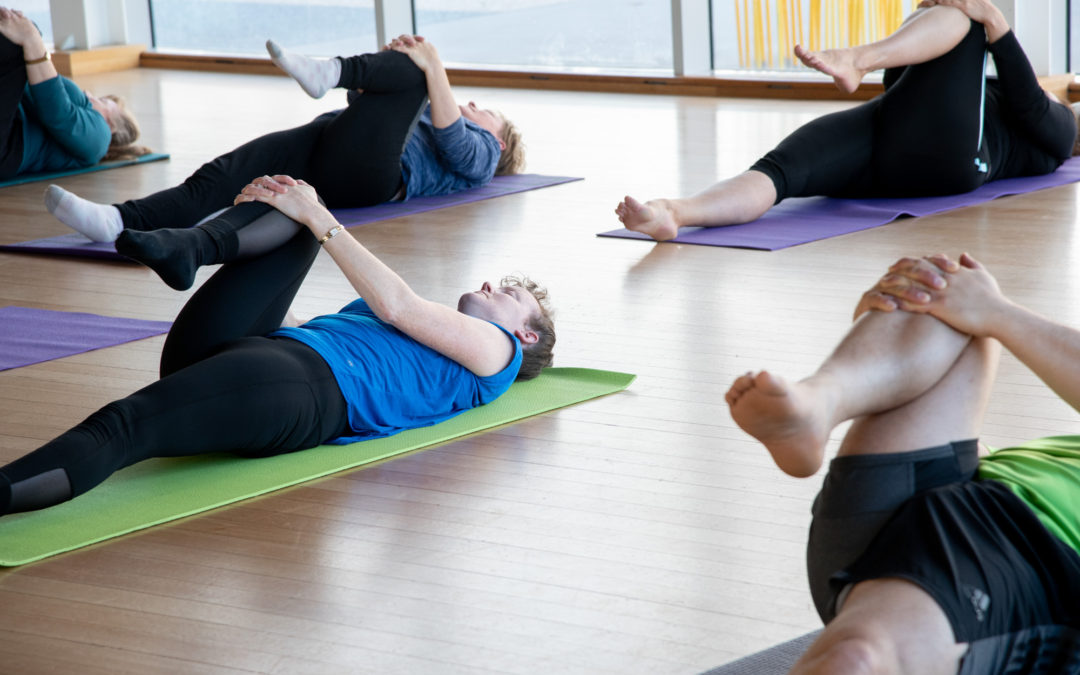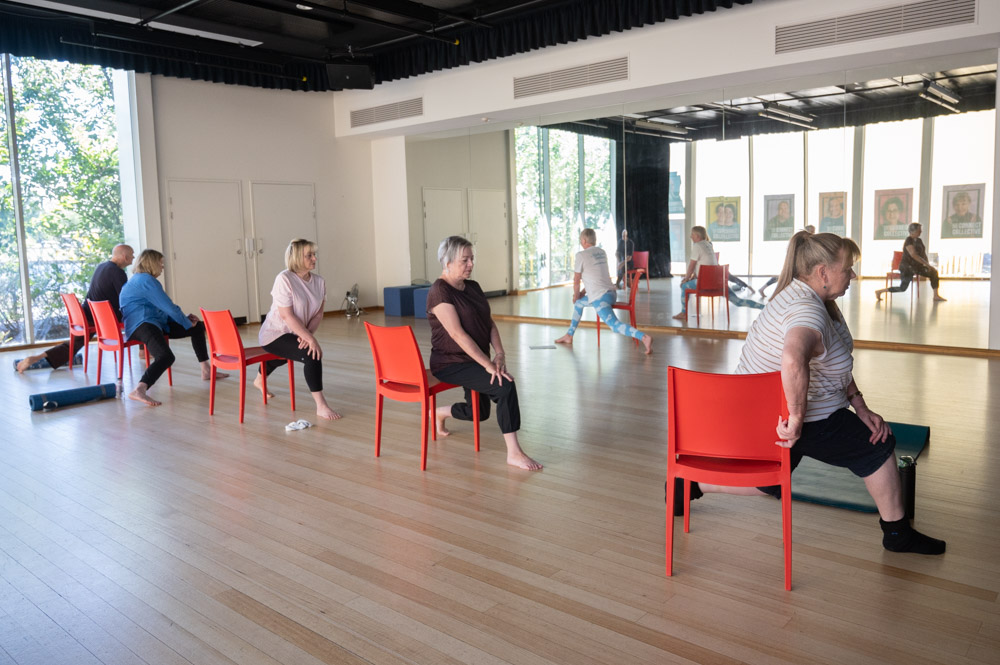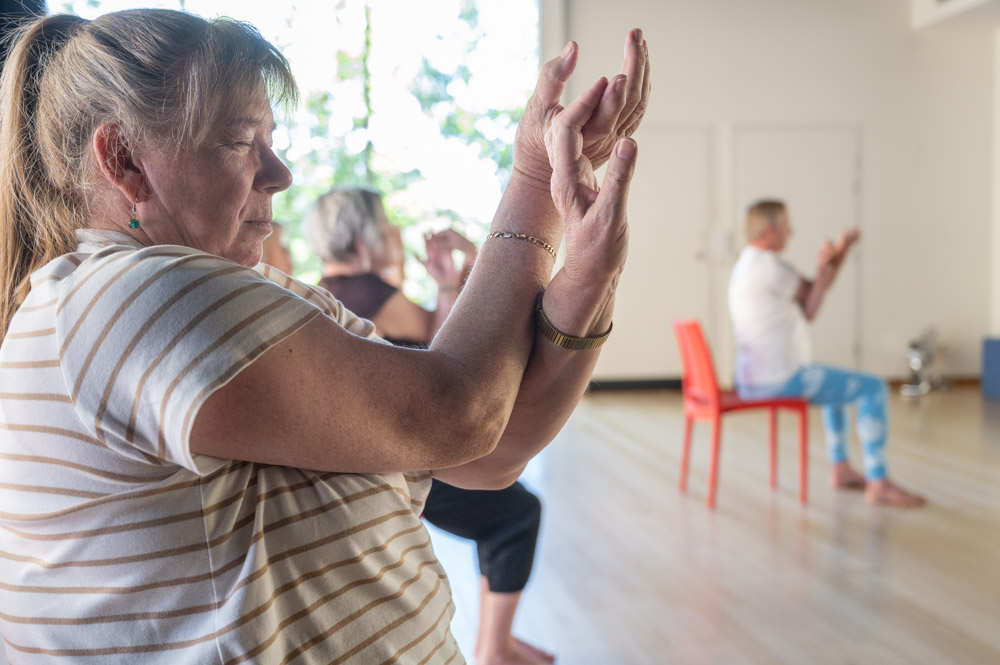
NEW “Chair” Mindfulness Stretching
With all the benefits of Mindfulness Stretching but no need to get down on the floor. Working all the way around the body we progressively release tight muscles and drop stress. The practice has us bring our attention right inside the body with simple poses that lead to gentle tension in a specific area. We focus on this tension, and deliberately release it. We observe how this target area tightens as we inhale, and relaxes as we exhale.
Even an anxious, vigilant mind can be distracted away from its ruminations. Cortisol turns off, aches’n’pains ease, sleep comes more easily.
Running Mondays 2.45-3.45pm at the Belconnen Arts Centre for 6 weeks from 17/7/23.
This new class is perfect for people that haven’t been down on the floor in a while, its all in a chair.
If this time / location doesn’t work for you, let me know in the box below if any of the Gungahlin session times would work for you.

